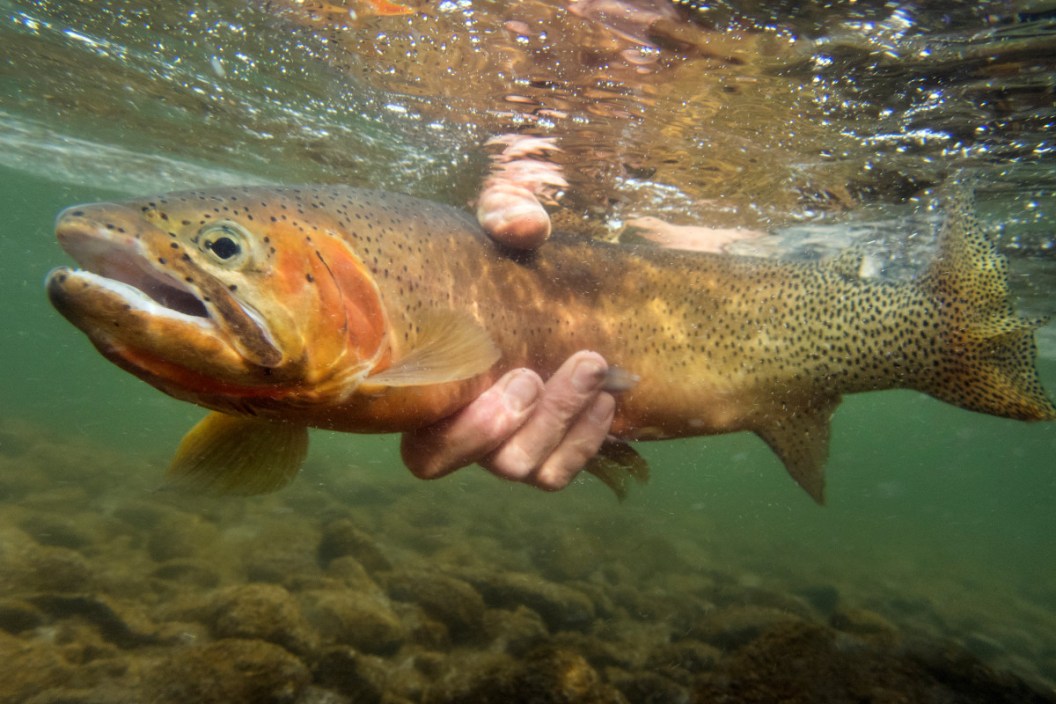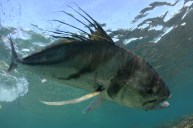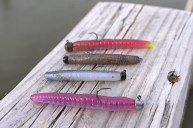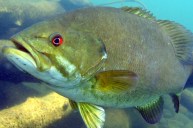Catch and release fishing is probably the most popular form of angling on the planet today. It wasn't always this way, of course. The whole reason humans started fishing in the first place was because fish provided a tasty and nutritious source of food. As time went on, fishing techniques evolved and so did the mindset of anglers, not to mention the very reasons for participating in the practice in the first place. Today, sport fishing is more common than ever, and the number of participants seems to grow with each passing year. With so many anglers out there catching and releasing larger fish than ever before, it got us wondering. How did catch-and-release practices even start? History has shown us that conservation is a slow process, and it often takes a species teetering on the brink of extinction before something is done to stop it from dying out. Countless big game and bird species have only returned to hunt-able populations here in North America in the last hundred years. We decided to do a little digging on the origins of catch and release fishing and we quickly found it may be one of the oldest forms of conservation on the planet.
When Was the Earliest Case of Catch and Release?

Wikimedia Commons: United States Library of Congress
It's nearly impossible to determine who the first person to catch a fish and then release it was, mostly because the practice appears to be much older than we thought. According to Fish'n Canada, one of the first possible mentions of catch and release was written by a woman named Juliana Berners, a nun who lived in southern England in the 1400s. Historic accounts about Berners are extremely vague, with many details simply lost to time. We do know she was likely an avid hunter and fisherwoman. At some point she wrote about fishing in an account historians believe may be the earliest documented case of recreational fishing. More importantly, she also warned anglers should never "catch too much at one time," adding how taking too many fish could ruin the fun for the same angler or his neighbors later. Berners died in 1460, but her writing was published in 1496's "A Treatyse of Fysshynge wyth an Angle" [sic].
It was almost 150 years later before someone wrote about what was likely catch-and-release again. Similarly, it was in England in Izaak Walton's book "The Compleat Angler" [sic] in 1653. In any case, Walton was an avid fly fisherman who had read Berners' work and had even used it as a source for his own. In this book he also talks about the ethics of angling, which was highly influential to anglers and inspired whole generations of fly fishing enthusiasts. It's impossible to know how many people may have started releasing fish after reading these books. However, it's evidence that the seeds of catch and release were sown. It still took a while for it to become popular worldwide.
Catch and Release Begins in America
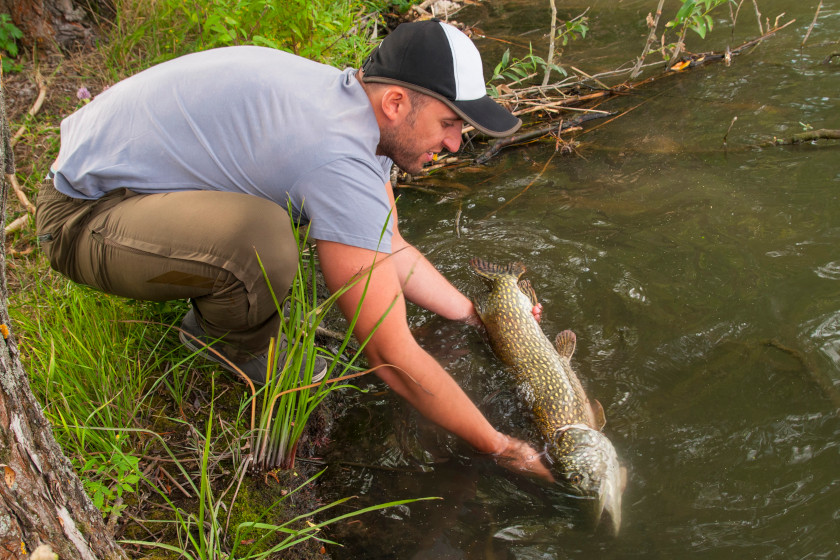
Getty Images: FedBul
It's safe to say that wildlife resources were massively mishandled for the first hundred or so years of the United States' existence. Many animals like the bison, whitetail deer, and the wild turkey were hunted nearly to extinction. Some animals, like the eastern elk subspecies, were completely eradicated. Due to a lack of regulations, native fish populations were in real trouble across the country too. Fortunately, Democratic congressman Robert Roosevelt, an avid angler, saw the trouble coming. In 1867, he founded the New York State Fishery Commission, and in 1871, he introduced a bill that helped establish the U.S. Commission of Fish and Fishery. It was this federal agency that was tasked with with investigating and preserving of fisheries within the U.S. This agency, in turn, started the National Fish Hatchery System that operates a network of 70 facilities across the country today. It was a step in the right direction, but some realized anglers needed to do their part.
The Alaska Department of Fish and Game notes Thaddeus Norris was one of the first Americans to write about the importance of releasing fish. Norris was a fly fishing fanatic and wrote several books on fishing techniques and even the breeding of trout in captivity. His 1864 book, The American Angler's Book, earned him high praise and the nickname "The American Walton," a reference back to Izaak Walton who we mentioned earlier. Norris wrote multiple times about the importance of releasing fish, something he did often. His books were a hit, spreading the ideas of conservation even further. They can still be found in print and even in e-book format today.
Other writers soon followed Norris' lead. William Henry Harrison Murray wrote a book called Adventures in the Wilderness that was published in 1869. In it, he also stressed the importance of harvesting only what you need and releasing the rest. This book was also hugely influential in inspiring people to spend leisure time in the Adirondack Mountains of New York, helping to usher in a new wave of anglers who fished just for fun. By the time the 20th century rolled around, more anglers were starting to consider the importance of releasing game fish. Writer Harold Trowbridge was one of the first to advocate for barbless hooks for easier removals and higher survival rates. In 1919, George Parker Holden released his book Streamcraft, which contained some of the first instructions on how to release a fish properly.
However, it wasn't until author, filmmaker, and conservationist Lee Wulff came along that the concept of catch and release became more widely accepted. Wulff was a huge advocate for the conservation of the Atlantic salmon and helped popularize the whole concept of fishing for bluefin tuna. In total, he produced eight films and eight books dealing with hunting, fishing, and conservation. None was more influential than 1939's Handbook of Freshwater Fishing. This book touted the concept of catch and release greater than anyone before. He appealed to the hardcore anglers by noting how the sport becomes more challenging after a fish was caught. He also noted how releasing fish made for bigger individuals and more of them in fisheries down the line. The book was a huge hit, to the point that Wulff is sometimes mistakenly credited with having invented the whole concept of catch and release. He didn't invent it, he just helped it become more popular than ever before.
How Catch and Release Changed Everything
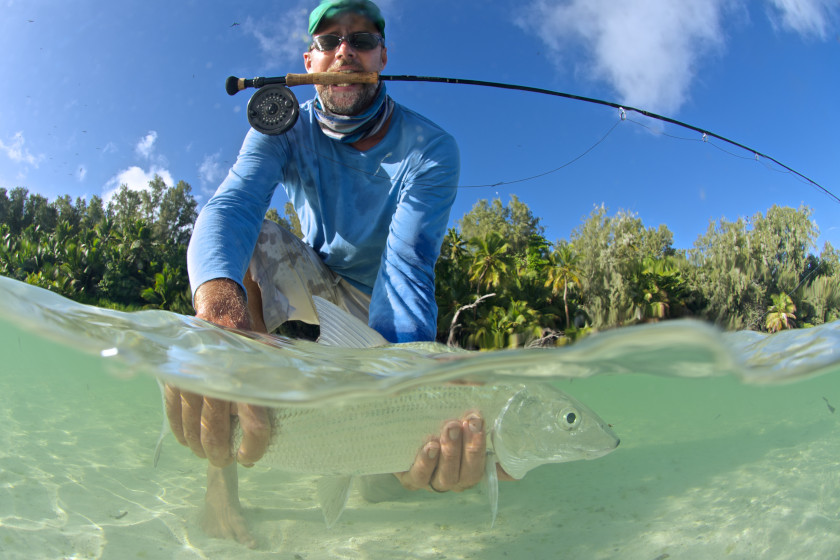
Getty Images: RainervonBrandis
The whole concept of catch and release continued to slowly gain momentum over the following decades, but some anglers were still hesitant to release their catches, even with species that historically were never seen as great eating fish, like bass. That is why many state agencies originally tailored fishing regulations and seasons around spawning and limiting the harvest of fish. For instance, between 1900 and 2006, Michigan's bass fishing season shifted dates several times. The Michigan Department of Natural Resources used to close the seasons to protect the fish while spawning. However, as catch and release of bass became more popular, they eventually shifted to allowing catch and release of bass nearly all year-round. Many other states followed similarly, promoting the concept as a vital conservation management tool. Over the years, many states have slowly increased their size limits, which no doubt helped because anglers started catching larger fish on a more regular basis.
Still, it took a little bit more forward thinking to advance past the old mindsets for many species. In the early 1970s, B.A.S.S. founder Ray Scott first witnessed trout anglers practicing catch and release in Colorado. The whole idea intrigued him, and got him wondering if it would work for bass too. In 1972, he started a "Don't Kill Your Catch" campaign advocating for the release of bass. He also immediately mandated anglers participating in his tournaments start using live wells to keep fish alive until they could be weighed and released. Both the campaign and the tournament rule change proved to be a huge hit, paving the way for catch and release bass fishing as we know and love it today.
One could even argue Scott's work was the real catalyst for catch and release becoming popular outside of niche trout and salmon fly fishing circles. The concept slowly spread from there to many forms of saltwater fishing, too. In recent years, we've noticed a real trend for previously under-appreciated or "trash fish" species to be released back to the water as well. Large, prehistoric species like the white sturgeon or the alligator gar are now bucket list species for many anglers where previously they'd been killed almost indiscriminately. It seems the whole idea of releasing fish changed how we look and appreciate the fish that swim our waters.
At the end of the day, we're just glad there were some forward-thinking individuals who realized the important of fishing regulations and conserving popular fish species before many of our favorites were wiped off the face of the Earth forever. It's just another example of the power of conservation.
For more outdoor content from Travis Smola, be sure to follow him on Twitter and Instagram For original videos, check out his Geocaching and Outdoors with Travis YouTube channels.
